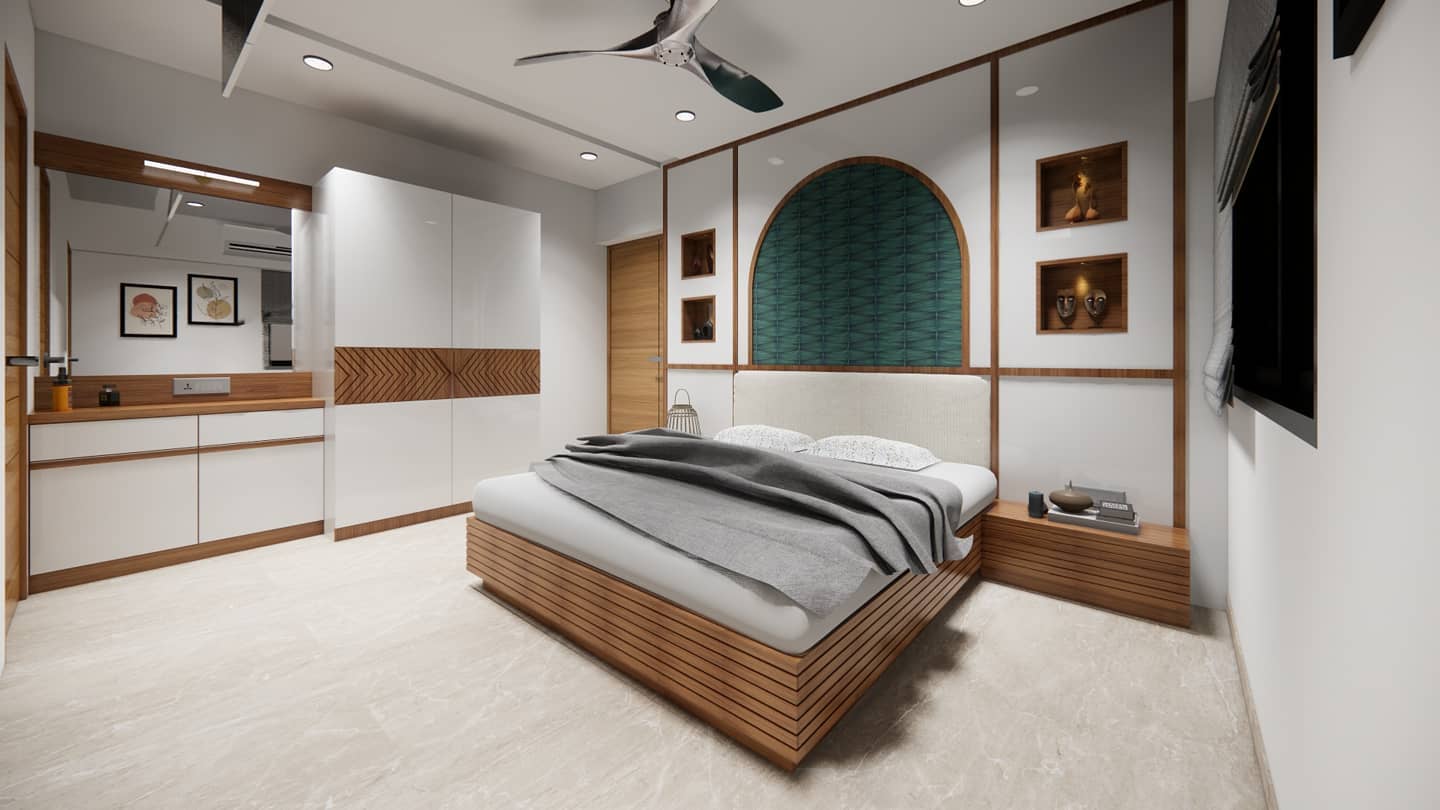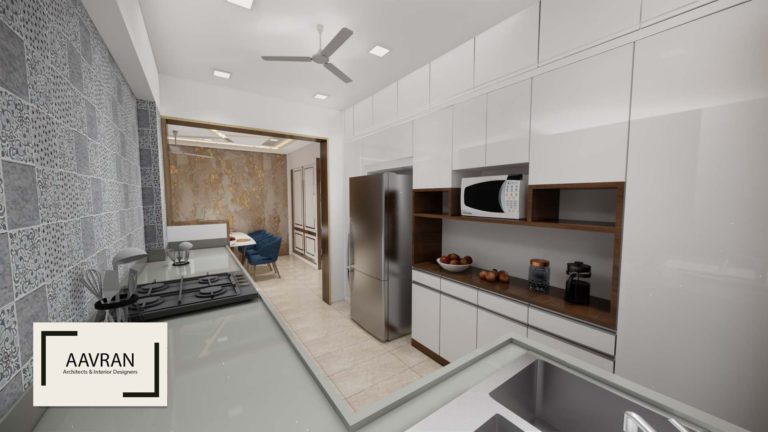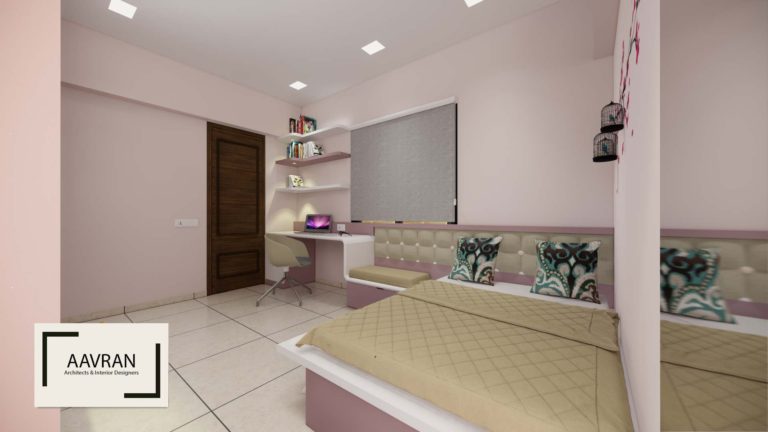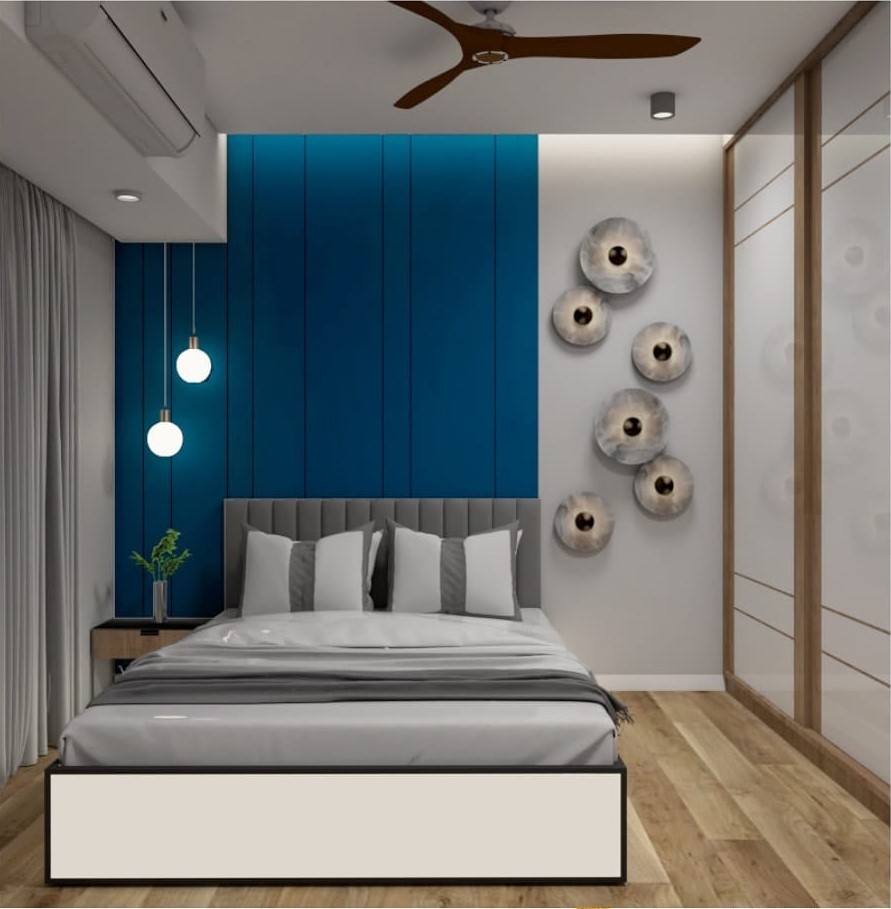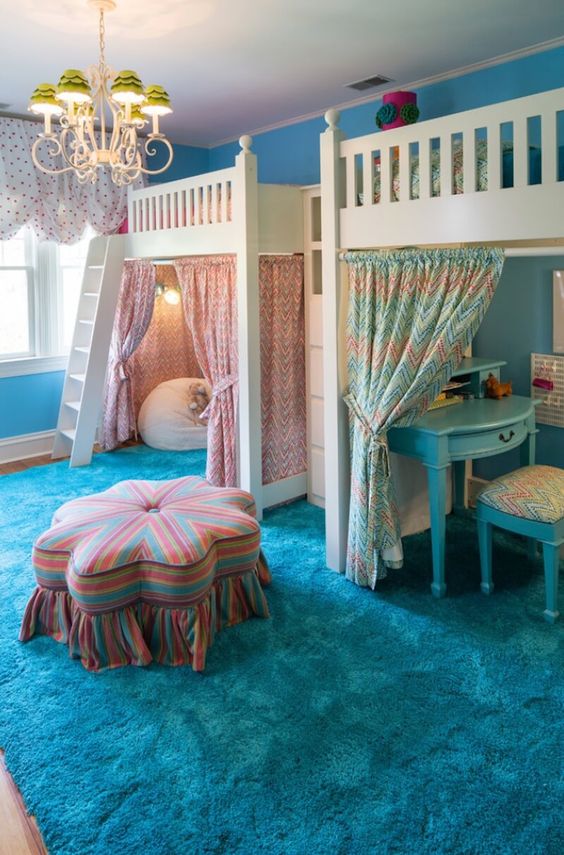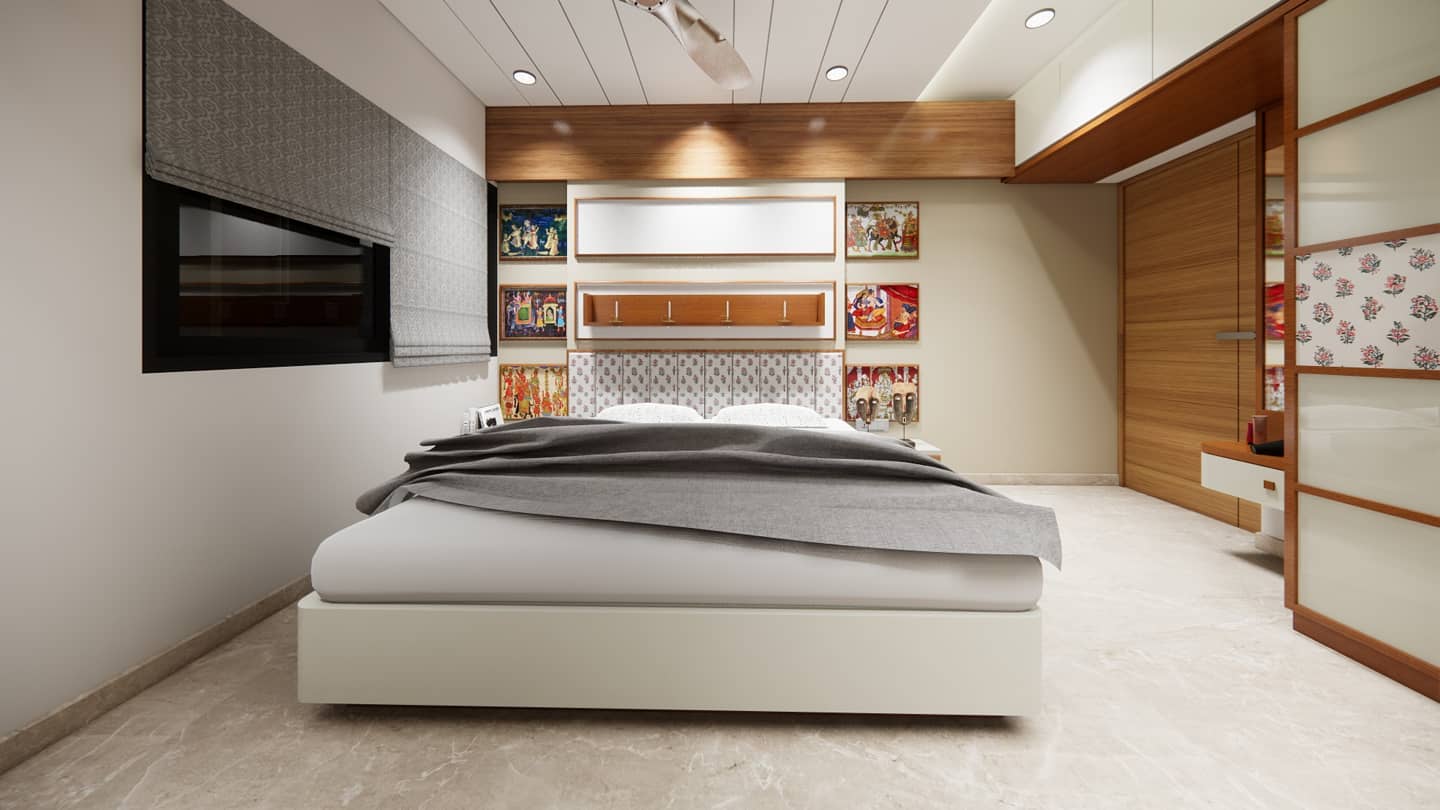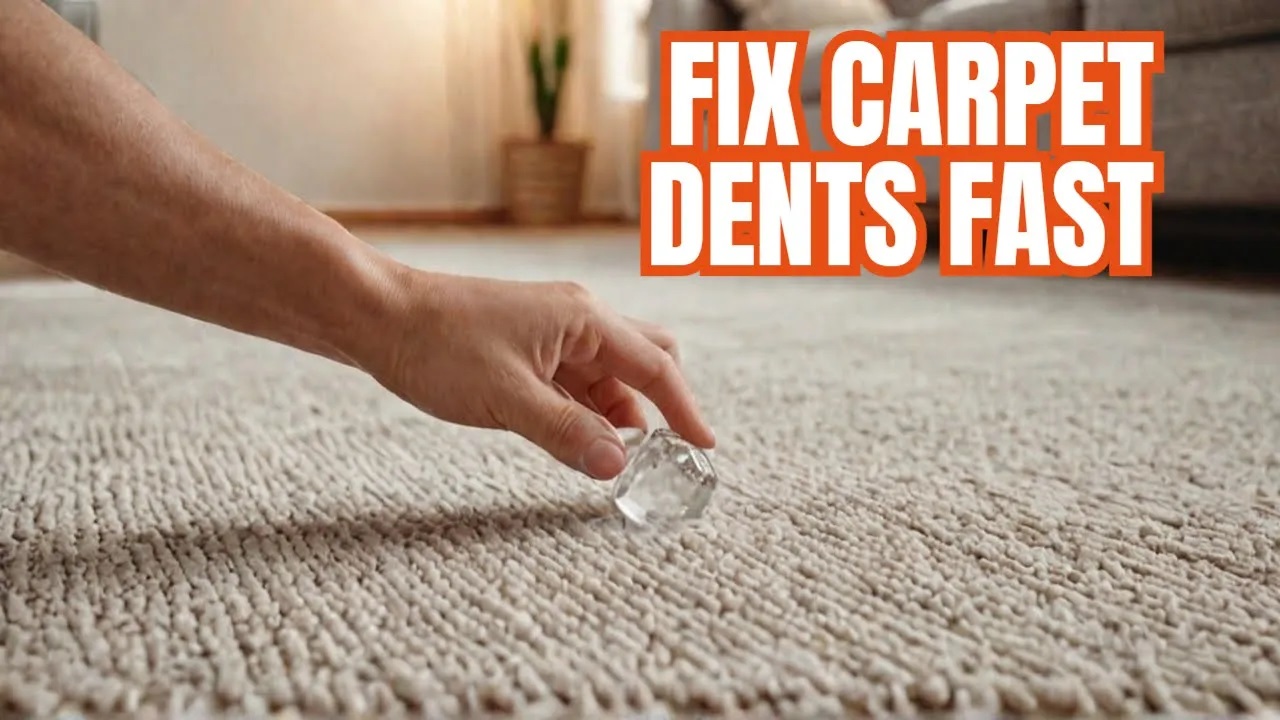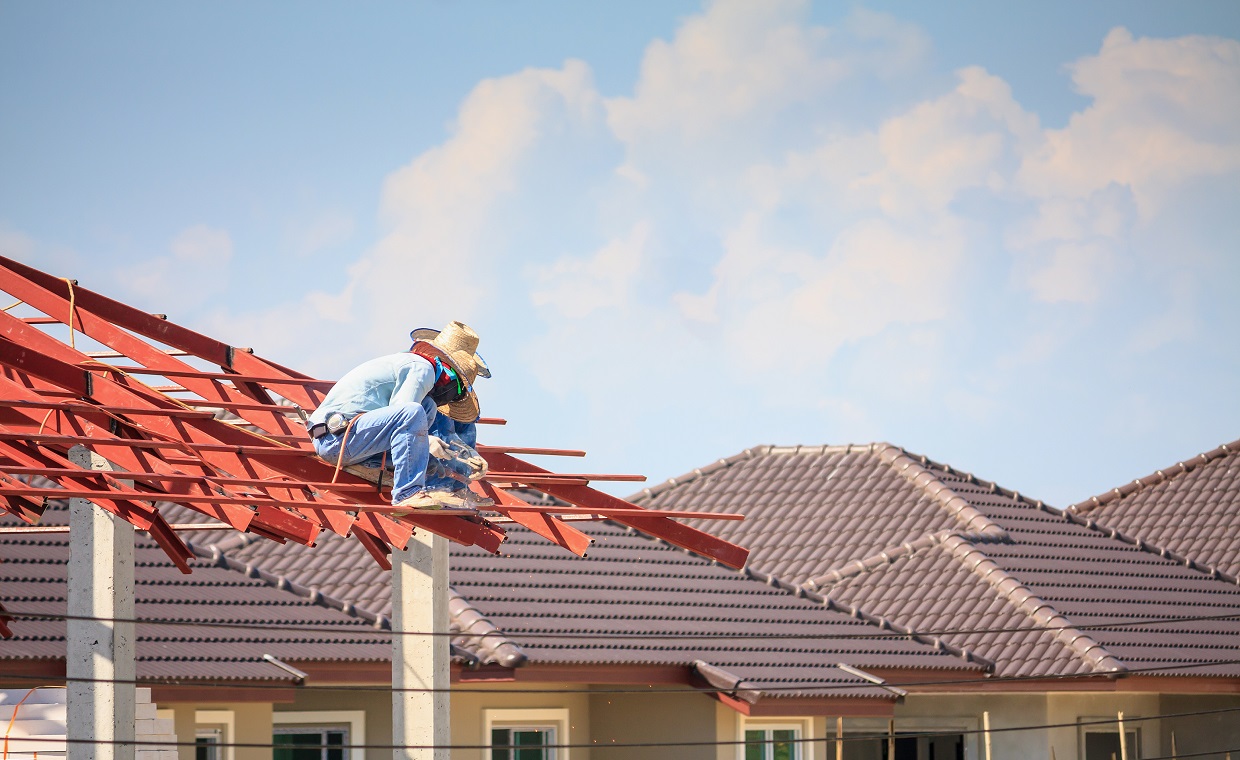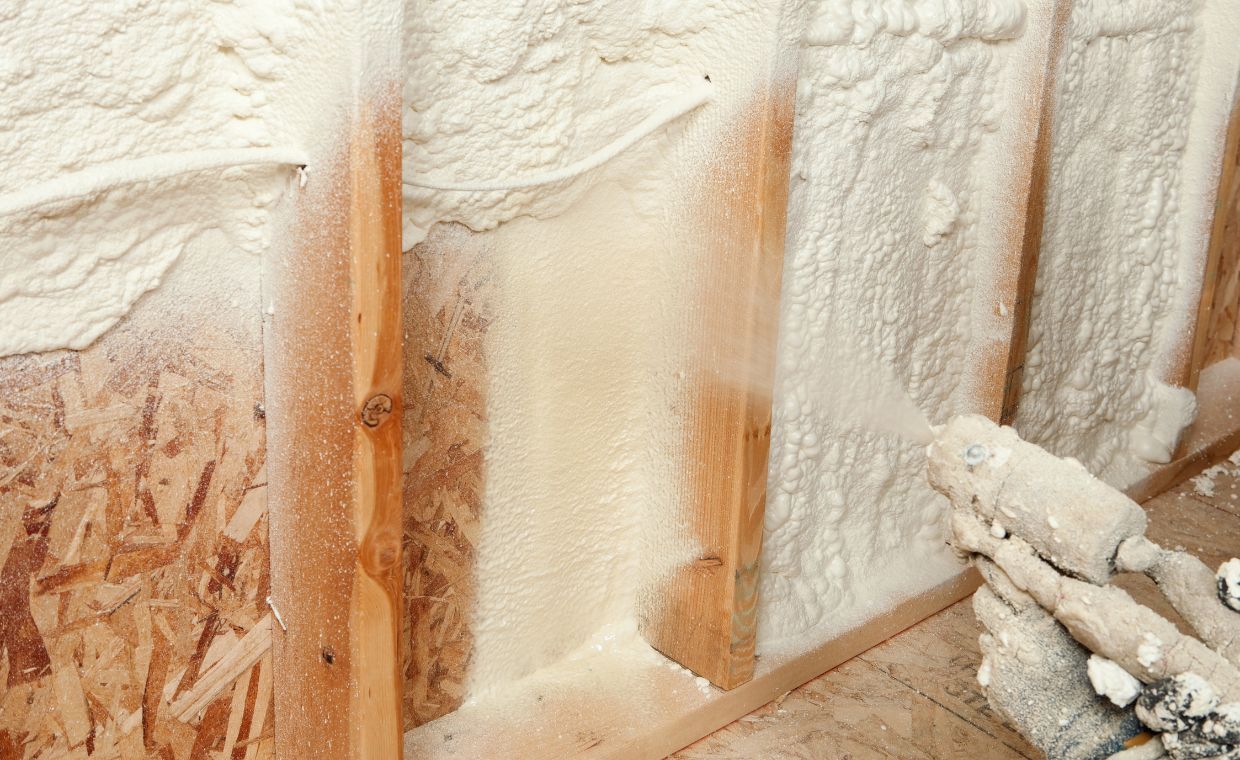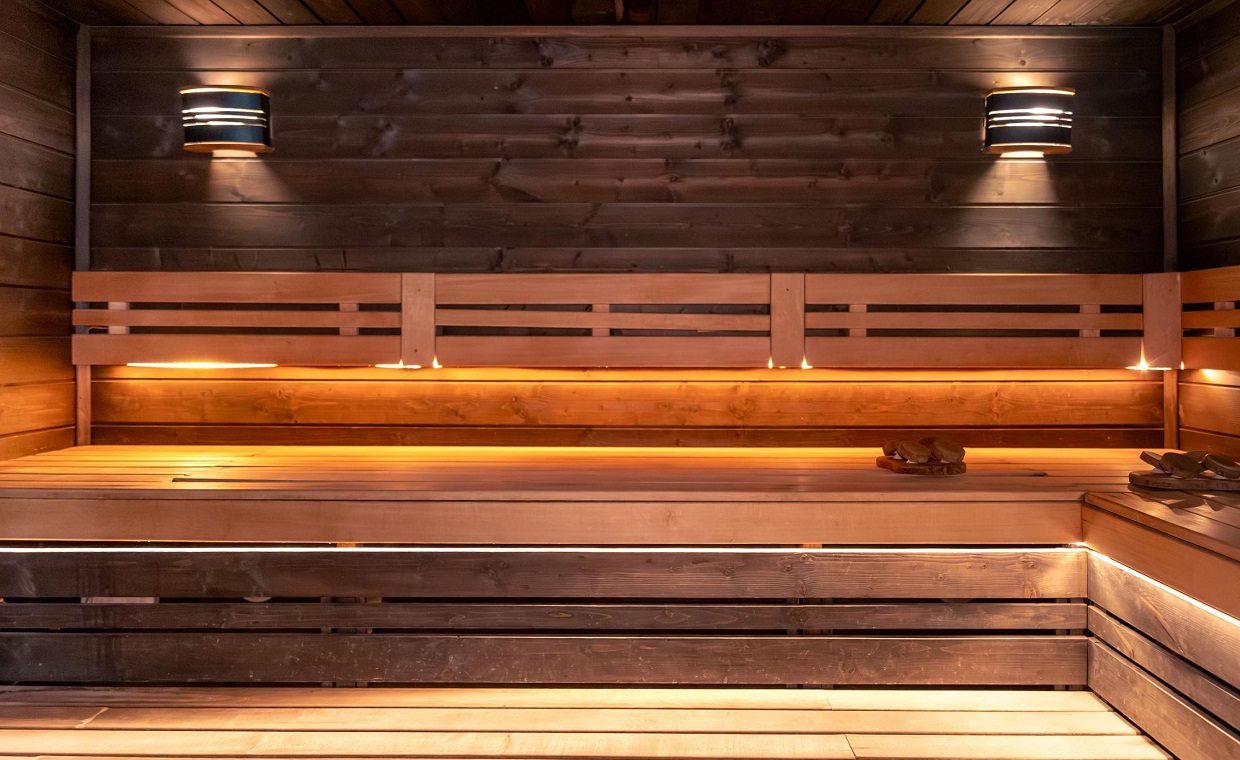
Table of Contents
Stucco is a popular exterior finish for homes and buildings known for its durability, attractiveness, and ability to withstand many weather conditions. Though highly durable, stucco is not indestructible. With time, several issues can lead to cracking, discoloration, and structural weaknesses that impact appearance and functionality. Homeowners and building managers should know what damaged stucco is to properly care for their structures and avoid costly repairs.
When there is damage, immediately addressing it will halt the additional deterioration and preserve the structure beneath. We will review the most common causes of stucco damage and how to repair them correctly. Stucco can remain strong and appear excellent for years with proper maintenance and timely care. Identifying the initial cause of an issue eliminates future problems, keeping the home’s exterior in good condition.
Common Causes of Stucco Damage
1. Moisture Intrusion: How Water Causes Stucco Deterioration

One of the most common causes of damage to stucco is water intrusion, whereby water penetrates behind the surface of the stucco and undermines the supporting structure. Stucco is not waterproof but water-resistant, and water can enter through cracks, gaps, or broken seals. When water becomes trapped behind the surface, it can cause mold, rotting wood, or structural instability. Initial signs of moisture damage include bubbling, soft or crumbling stucco, and dark staining.
If untreated, prolonged exposure to water will result in widespread sections of stucco that become detached from the building. The ideal repair is by initially finding and closing off the point of water penetration, which can be faulty window seals, defective flashing, or clogged gutters. Once the source is remedied, any compromised stucco can be repaired, dried, and recoated with a new layer. Following the stucco repairs in East Brunswick, sealing with a top-grade waterproof sealant can reduce future water problems, stabilizing the structure against further deterioration.
2. Cracking Due to Structural Movement and Settling

Stucco is a rigid material that does not accommodate much movement when a building settles and shifts naturally over time. Such movement, typically from soil expansion, foundation shift, or temperature fluctuations, can cause cracks on the surface of the stucco. Small hairline cracks are normal and generally not a problem, but larger cracks can indicate more significant structural issues that must be dealt with. If cracks widen or occur in a pattern, it may be a sign that the foundation is moving and should be checked further.
The cracked area must be cleaned to repair stucco cracks, and a quality elastomeric sealant must be applied to seal the crack. For wide cracks, using a patching compound followed by a textured finish can repair the look of the stucco. Future cracking is avoided by adequately placing the expansion joints during construction and installing a flexible stucco finish that can stretch slightly without cracking. A regular building inspection can identify defects early; thus, damage is not so acute.
Also Read: Reasons behind Cracks in Plaster: An Incredibly Easy Guide
3. Physical Impact: How Accidental Damage Affects Stucco Surfaces

Although stucco is very durable, it is not immune to impact damage due to accidental contact by equipment such as lawnmowers, vehicles, ladders, or falling tree branches. Soft impacts may only
result in chipping or small punctures, and high pressures create broad cracks or extensive fractures. Although these imperfections seem purely cosmetic, they may leave a conduit for water to seep behind the stucco, leading to more serious problems. Repairing structural damage to stucco depends upon the extent of the flaw.
Holes from chipping and punching are repaired by filling them with a stucco patching compound, and the new surface is built up to resemble the old surface. Larger damaged areas require loose stucco removal, a fresh base coat, and a final coat to match the surrounding texture. Homeowners can avoid further damage by trimming overhanging branches from trees, applying protective barriers to heavy-use areas, and taking special care with objects that could bump into stucco walls.
4. Improper Installation Leads to Premature Stucco Failure

Stucco must be installed correctly to keep it durable over the long term, and a faulty installation leads to premature failure. Some common installation faults are incorrect mixing, insufficient curing time, or improper stucco installation without a suitable moisture barrier. All these kinds of faults lead to widespread cracking, flaking, or peeling off the building. Unevenness in texture or areas of stucco that are observed to be detaching from the wall is one of the first signs of improper installation.
A professional inspection can determine the extent of the problem if there is a suspicion of improper installation. It needs to be removed and reinstalled to correct the problem. Ensuring stucco is applied with proper layering methods and an adequate ventilated moisture barrier prevents complications. Regular inspections of new stucco applications can detect early failure in the installation before costly repairs become necessary.
5. Discoloration and Staining from Environmental Exposure

Stucco can stain and discolor over time due to exposure to rain, dirt, algae, and pollution. Discoloration is usually cosmetic, but where stains occur in concentrated amounts, it could be a sign of moisture problems behind the stains. Black or green stains are generally due to algae or mold growth, while rust-colored streaks could indicate that metal elements within the stucco are rusting.
Regular cleaning of stucco prevents permanent damage. Dirt and grime can be removed using a soft-bristle brush and diluted detergent solution, while diluted bleach or vinegar will cover mold and algae growth. Protective sealant application avoids dirt and moisture absorption, allowing the stucco to maintain its original color longer. Choosing a UV-resistant stucco finish also delays sun fading by long-term exposure. Daily washing and sealing will keep stucco looking good and not too stained.
Conclusion
Stucco is an attractive and durable material, but it can become damaged if not correctly taken care of. Common causes of failure include moisture infiltration, movement within the structure, physical abuse, improper installation, and environmental exposure. Maintenance and restoration can prevent costly repairs and help maintain the strength and appearance of the stucco. Repair methods vary depending on the scope of damage but overall, sealing cracks, strengthening weak areas, and adding protective coatings are the key to stucco’s durability. Regular inspection and routine maintenance allow homeowners to anticipate small problems before they become big ones.
Also Read: Benefits of Hiring Stucco Contractors for Your Home!




